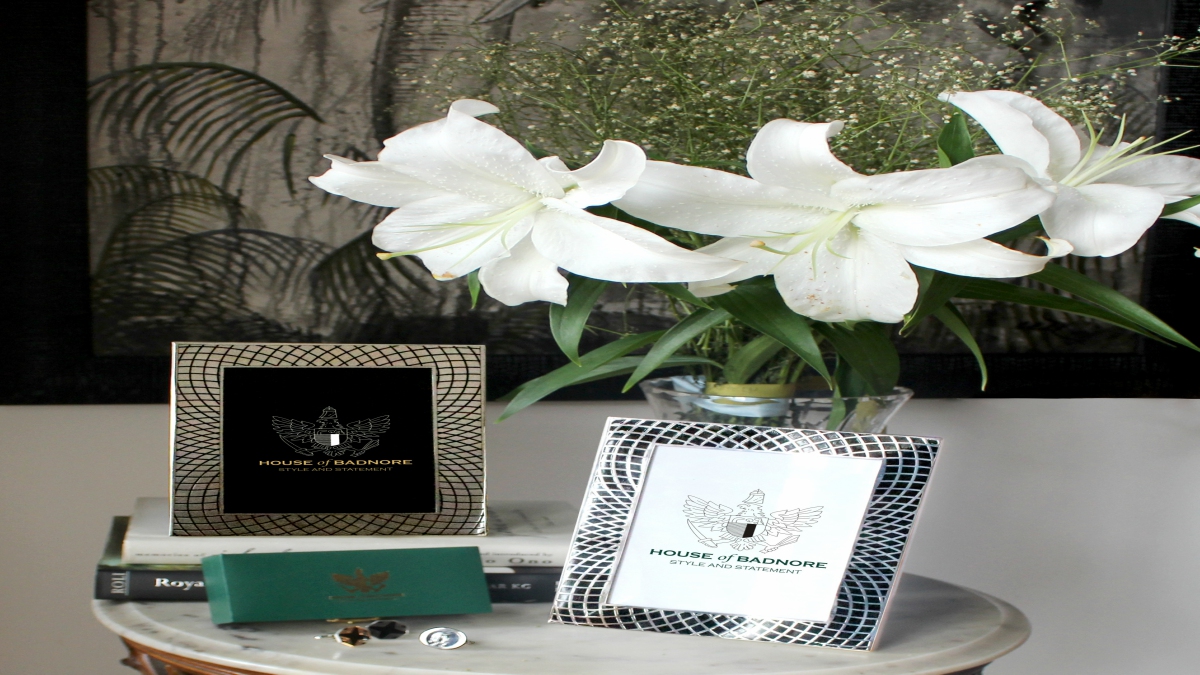


The world of refinement as we see today owes its allegiance to the myriad craft studios and art ateliers that thrived within the forts, palaces and havelis of India — homes where, in the past century, princely families resided with their royal entourage of personal attendants available to fulfill their every whim.
Besides their living quarters filled with their staff, the palaces also housed many a ‘palace karkhana’ or studios, where worked and resided jewelers, tailors, folk artists, architects, weavers and craftspeople, each one nurtured and patronised by the Maharaja. In their courts were found singers, who filled the durbar with their Thumris and ragas, dancers, whose ghungroos resonated through the courtyards, and the bards and court jesters, who kept the entire family entertained.
Cut to 2020, and we arrive at an era of democratic modernism, filled with Western luxury, couture labels and contemporary artists. However, in these contemporary times too, some royal scions are working hard to keep their legacy of patronage alive. They are adopting the local craftsmen of their regions, and infusing their skills with their refined aesthetics to create spectacular designs. These creations are proudly showcased by them in their palace museums, through the regal platform, Royal Fables, and a few handpicked craft-selling portals online.
One such blue-blooded entrepreneur is Rani Archana Kumari of Badnore who has, in a span of two years, brought alive an enviably exquisite brand. Born into the culture-rich state of Pratapgarh in Awadh and married into the family of Badnore in Rajasthan, which flanked on one side by Ajmer and on the other by Pushkar, Archana Kumari personifies her legacy through her well-curated brand , which she calls, House of Badnore.
Having spent a great part of her life promoting silver – smith work of heritage value with Frazer and Haws , Archana is also a writer (she was the editor of the Gems and Jewelry magazine), a sharp entrepreneur and a design addict who understands gems and precious metals. Backed by this reservoir of skill and experience, she forayed into creating what she calls a ‘past forward’ brand. With its ethereal collectibles, fashion knick-knacks, travel jewels and art objects, House of Badnore resonates with Archana’s rich family legacy which dates many centuries.
It is a legacy where “the clash of swords, blood, sweat and tears in the tough terrain was juxtaposed with a life of refinement lived within palaces; where Rao Jaimal ji’s heroic bravado and Mira Bai’s divine ardor co-existed”. Archana, a mother of two gorgeous girls, one a banker and the other an art historian, tries to create a bridge between “the sheer romance of past royal art bastions and a modern and chic design language”. The polo memorabilia, the shikaar, the birds found in miniature art, the Maharaja’s horse, his favorite Cecil Beaton portrait in a carved silver frame — all these and more are inspirations she recreates into memorabilia which can be gifted. Each piece is packaged in a very stylish box with the Badnore seal. While the inspiration is one, the interpretations are many.
From buttons embellished with precious stones to embroidered stoles with falcon motifs, and from photo frames polished with silver to silk kerchiefs matched with hand-painted cuff links, each of these gifts are made for those with exquisite taste. “Indians love gifting, especially at weddings, and I find that my main market,” she says. This festive season, she is adding travel jewels and exquisitely designed floral saris to her repertoire.
The Badnore saris are reminiscent of the past, with their vintage borders, woven by hand and attached to floral chiffons, reminiscent of the chiffons imported for the Maharani from the mills of Manchester in the Raj era. There are also the exquisitely embroidered saris with sumptuous motifs of the rose spread all across them. “In the end, I simply want to celebrate royal crafts which, one day, one of my daughters will adopt and take forward, just like how I picked up the baton from my ancestors,” she concludes.